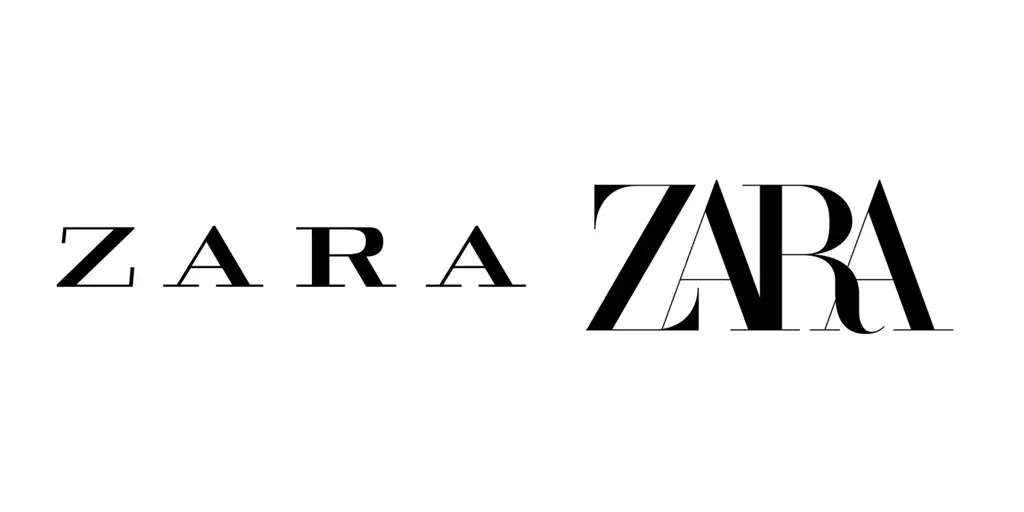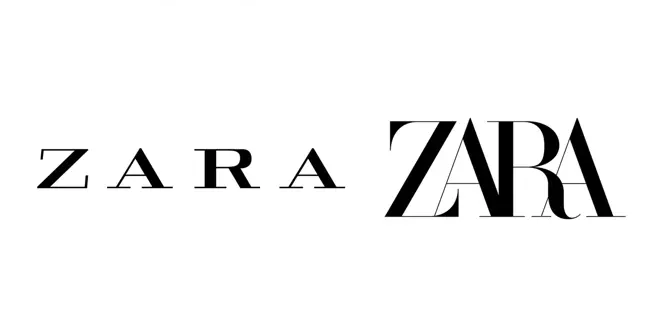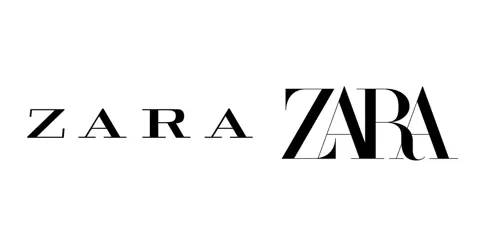2018 was a huge year for rebrands. From Uber and Lyft to Weight Watchers and Joann Fabrics, brands across a range of industries took the leap and made some major changes. And 2019 is shaping up to be even bigger. Dunkin’ Donuts officially shortened its name to Dunkin’; Facebook debuted a new look; Slack changed its logo (twice). Branding has emerged as a top priority for companies looking to differentiate, and 2019 is shaping up to be the year of the rebrand. Before companies take the leap, here are three things to consider.
To rebrand or not to rebrand?
Rebranding is risky and costly, and not a decision to be taken lightly (as brands like Gap have learned the hard way). That said, rebrands can be valuable, or even necessary, to advance a company’s mission. Reasons for rebranding are as varied as the companies themselves—from increased sales goals, to a crisis, to a need to keep up with evolving customer demands.
Dunkin’ Donuts and WeWork, for instance, announced major rebrands to avoid being pigeonholed by their names. This move signals an expanded offering (reminiscent of when Kentucky Fried Chicken became KFC). Wells Fargo, meanwhile, changed their logo to a sleeker, more modern stagecoach in an effort to leave behind the relentless stream of scandals that has plagued them since 2016.
With significant potential risks involved—lack of brand consistency, loss of core audience members, declining profits—rebranding cannot be done on a whim. Companies need to think critically and have a clear rationale and plan in place before undergoing a significant shift.
Timing is everything
Once a brand has decided to rebrand, the next step is carefully choosing the right moment. Sometimes, external factors heavily influence the decision. Weight Watchers, for instance, changed its name to WW to match changing public sentiment, as "dieting" becomes increasingly unpopular and a wellness-focused approach gains favor.
When the reasons for change are internal, like a shift in focus or a changing audience, brands have more control over when and how to roll out a rebrand. Dunkin’ Donuts and WeWork both strategically chose January to change their names, a time of year that symbolizes fresh starts and is a natural fit for a rebrand.
Beyond determining a launch date, brands need a timeline for rollout. The faster a rebrand, the more expensive it is, and the more likely it is to confuse customers with an abrupt change. Weight Watchers, for instance, cited their hasty rebrand and failure to bridge Weight Watchers to WW as a significant misstep on their part, hurting brand cohesion and confusing consumers.
On the other hand, rebranding is a haphazard time, with different logos, slogans and names floating around. The longer a rebrand is dragged out, the less cohesive the overall brand becomes, and the more likely it is to appear sloppy or disorganized. Effectively mapping a rebrand timeline means finding a happy medium between an abrupt and confusing change, and a prolonged and messy rebrand.
Defining a rebrand’s business impact
There’s no universal set of benchmarks to measure the success of a rebrand—it all depends on what a company intends to accomplish. Before embarking on a rebrand, companies should clearly define their goals and determine what impact they hope to see on their business.
Sometimes success (or lack thereof) is blatantly obvious, as IHOP and Weight Watchers are discovering as they see the results of their 2018 rebrands in Q1. IHOP’s temporary name change to IHOB wasn’t exactly popular, but as a pseudo-rebrand, it didn’t have to be; it just needed to sell more burgers. IHOP certainly achieved this goal, capitalizing on the attention to quadruple burger sales. On the flip side, Weight Watchers’ abrupt name change was accompanied by a loss of 600,000 participants last year and a 35% dip in shares in early 2019.
In most cases, the outcome is less clear. Take Wells Fargo and WeWork; these rebrands both generated little buzz, but that doesn’t make them similarly successful. Wells Fargo, desperately hoping to erase years of scandals with a logo revamp and fresh campaign, needed some positive buzz to kick off this new era for the company on the right foot. Instead, nobody even batted an eye and Wells Fargo continued their apology tour as if nothing had happened.
WeWork’s rebrand, on the other hand, was born out of vision, not crisis; it’s a glimpse at its expanded offering down the line. With no immediate changes, no scandal to bury and no shortage of name recognition, this quiet rollout is a success for the company, allowing them to focus on their transition goals instead of putting out a public perception fire.
Sometimes, success is even murkier. People aren’t talking about Pepsi’s new tagline, "for the love of it," but they’re also no longer talking about the infamous Kendall Jenner ad that accompanied the old tagline—indicating the company has successfully moved on. Zara’s new logo debuted to decidedly mixed reviews, but ultimately the new overlapping letters align Zara more closely with iconic fashion brands like Cartier and Gucci, moving the brand forward in an important way.





While sometimes rebrands are designed to make a splash and garner attention, Pepsi and Zara demonstrate that sometimes successful rebrands play the long game, quietly but meaningfully advancing the brand and setting themselves up for sustained success.
Before brands get caught up in the rebranding trend taking 2019 by storm, it’s critical to stop and think about why they want to rebrand, when they should take the leap and how they will measure their success. Rebrands can be incredibly valuable, but they’re also massive, expensive and risky undertakings. It’s not a decision to be taken lightly, or made because it’s the trendy thing to do this year.















